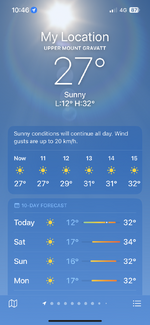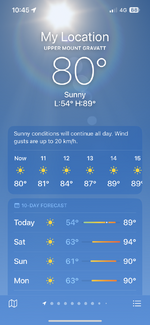Two jaguar cubs burned to death, their small bodies carbonized. Tapirs with raw, bloodied paws had been scalded by smoldering cinders. Nests of unhatched eggs from rare parrots were consumed by flames as tall as trees.
Wildfires are laying waste to Brazil’s Pantanal, the world’s largest tropical wetland and one of the most important biodiversity sanctuaries on the planet.
And the blazes, the worst on record since Brazil started tracking fires in 1998, are taking a deadly toll on wild animals, including at-risk species that scientists have been working for decades to protect.
“We’re watching the biodiversity of the Pantanal disappear into ash,” said Gustavo Figueirôa, a biologist working for SOS Pantanal, a conservation nonprofit. “It’s being burned to a crisp.”
( There's a lot more in the article, but what would actual scientists know )
Usually flooded for much of the year, the Pantanal in recent years has been parched by a string of severe droughts that scientists have linked to deforestation and climate change.
Since the start of the year, wildfires have burned over 7,000 square miles, an area the size of New Jersey, in Brazil’s share of the Pantanal.
The wetlands, parts of which are on UNESCO’s
list of heritage sites because of their rich biodiversity, are home to the world’s biggest parrot, the highest concentration of caimans and threatened wildlife like the giant otter.




